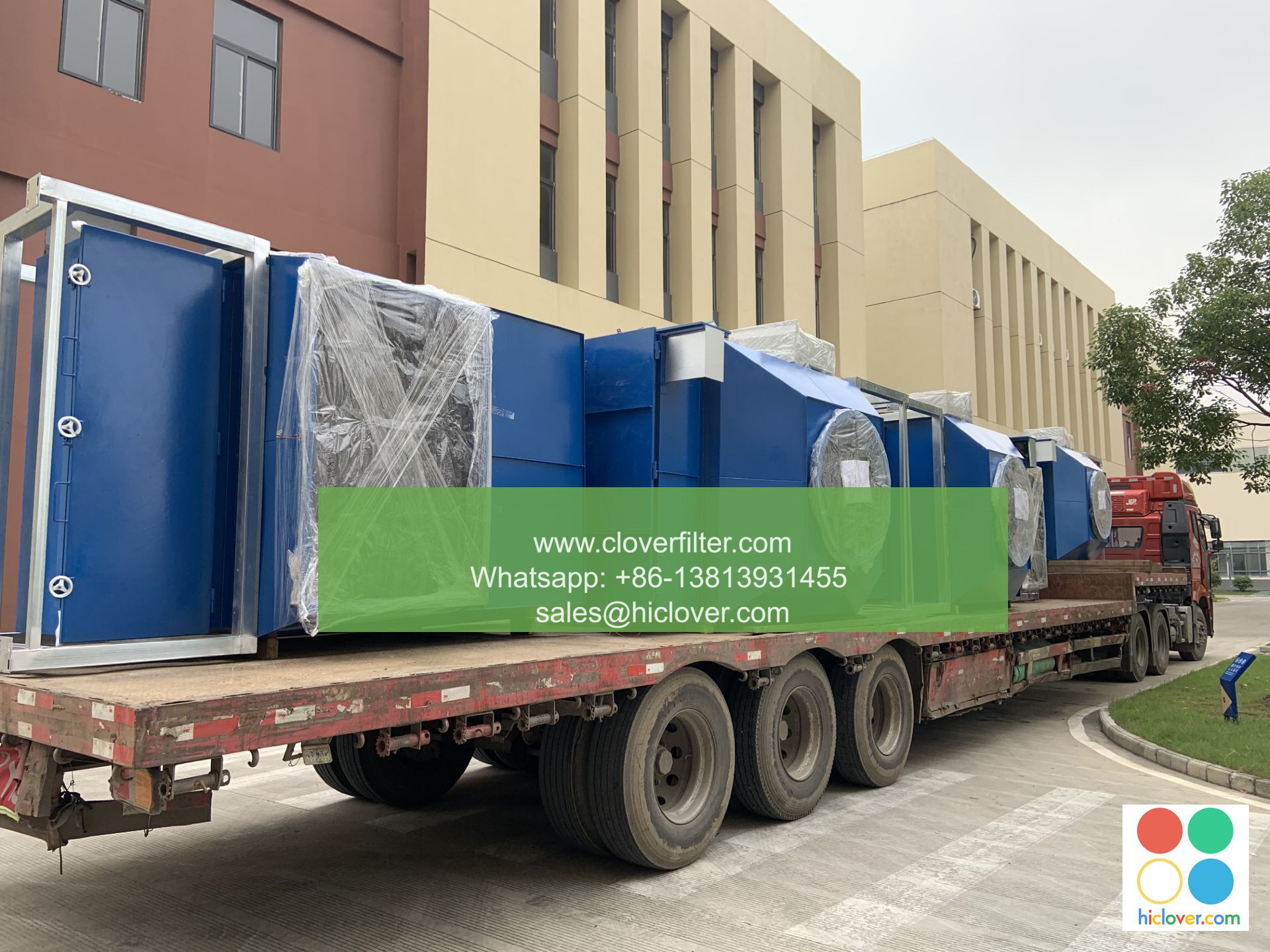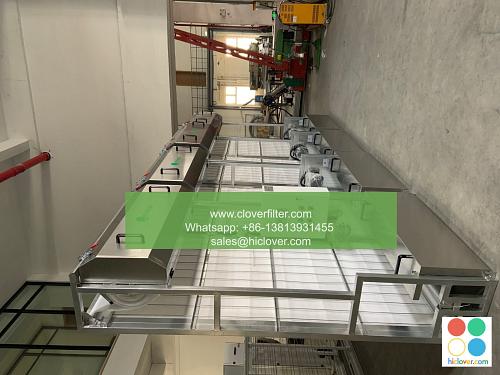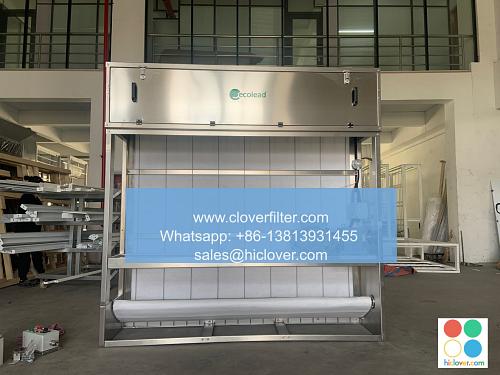Air Filter Optimization: How Software Can Reduce Energy Costs

Air filter optimization is a crucial aspect of maintaining a healthy and energy-efficient indoor environment. With the help of advanced software, building managers and facilities teams can reduce energy costs, improve indoor air quality, and prolong the lifespan of HVAC systems. In this article, we will explore the benefits of air filter optimization and how software can help achieve these goals.
Introduction to Air Filter Optimization
Air filter optimization involves selecting and maintaining the most suitable air filters for a specific application, taking into account factors such as air quality requirements, system design, and energy efficiency. By optimizing air filters, buildings can reduce energy consumption, minimize maintenance costs, and create a healthier indoor environment. This is particularly important in sensitive environments such as hospitals, laboratories, and data centers, where indoor air quality (IAQ) and air pollution control are critical.
Benefits of Air Filter Optimization Software
Air filter optimization software can help building managers and facilities teams make data-driven decisions about air filter selection, maintenance, and replacement. The benefits of using such software include:
- Energy cost savings: By selecting the most energy-efficient air filters and optimizing system performance, buildings can reduce energy consumption and lower energy costs.
- Improved indoor air quality: Air filter optimization software can help identify the most effective air filters for removing pollutants and contaminants, improving IAQ and creating a healthier indoor environment.
- Extended equipment lifespan: By reducing the strain on HVAC systems and optimizing air filter performance, buildings can prolong the lifespan of equipment and reduce maintenance costs.
- Simplified maintenance: Air filter optimization software can help facilities teams track and manage air filter maintenance, reducing the risk of human error and ensuring that air filters are replaced on schedule.
- Commercial buildings: Office buildings, retail spaces, and other commercial properties can benefit from air filter optimization software to reduce energy costs and improve IAQ.
- Industrial facilities: Manufacturing plants, warehouses, and other industrial facilities can use air filter optimization software to improve air quality, reduce energy costs, and prolong equipment lifespan.
- Healthcare facilities: Hospitals, clinics, and other healthcare facilities require high levels of IAQ and can benefit from air filter optimization software to ensure patient safety and comfort.
- Data centers: Data centers require precise temperature and humidity control, making air filter optimization software a critical tool for maintaining optimal conditions and reducing energy costs.
- Air filter selection tools: The software should provide tools for selecting the most suitable air filters for a specific application, taking into account factors such as air quality requirements and system design.
- Energy consumption modeling: The software should be able to model energy consumption and provide estimates of energy cost savings.
- IAQ monitoring and analysis: The software should be able to monitor and analyze IAQ data, providing insights into air pollution levels and identifying areas for improvement.
- Maintenance scheduling and tracking: The software should provide tools for scheduling and tracking air filter maintenance, ensuring that air filters are replaced on schedule and reducing the risk of human error.
Application Areas for Air Filter Optimization Software
Air filter optimization software can be applied in a variety of settings, including:
Key Features of Air Filter Optimization Software
When selecting air filter optimization software, look for the following key features:
Conclusion
Air filter optimization is a critical aspect of maintaining a healthy and energy-efficient indoor environment. By using advanced software, building managers and facilities teams can reduce energy costs, improve IAQ, and prolong the lifespan of HVAC systems. Whether in commercial buildings, industrial facilities, healthcare facilities, or data centers, air filter optimization software can help achieve these goals and create a more sustainable and comfortable indoor environment. As building automation and energy management continue to evolve, the importance of air filter optimization software will only continue to grow, making it an essential tool for facilities teams and building managers. It seems like you haven’t provided a specific question or topic for discussion. Could you please provide more context or clarify what you would like to talk about? I’m here to help and provide information on a wide range of subjects. What’s on your mind?


